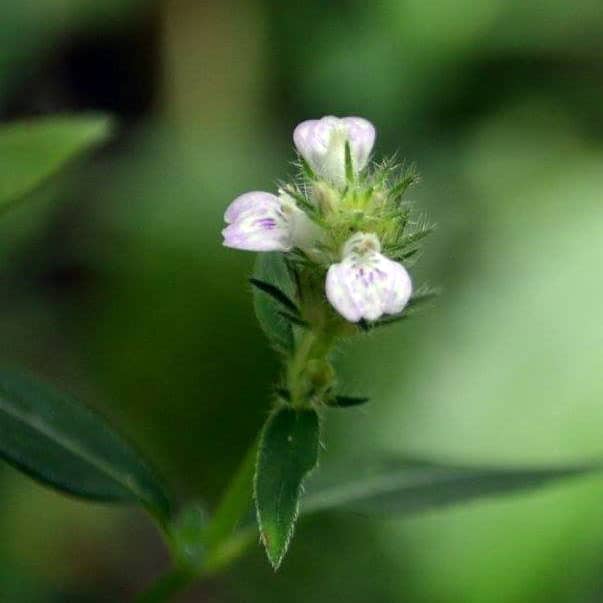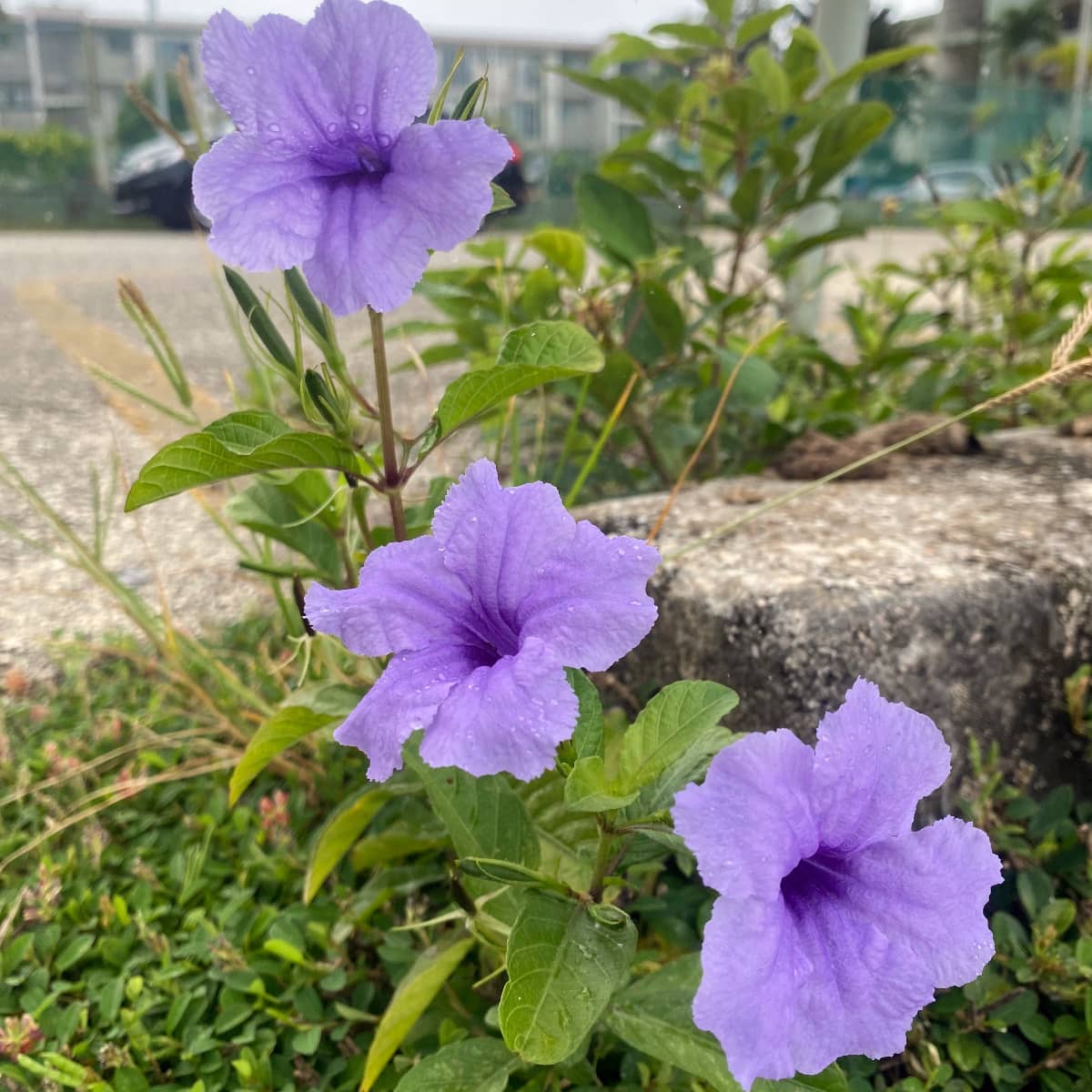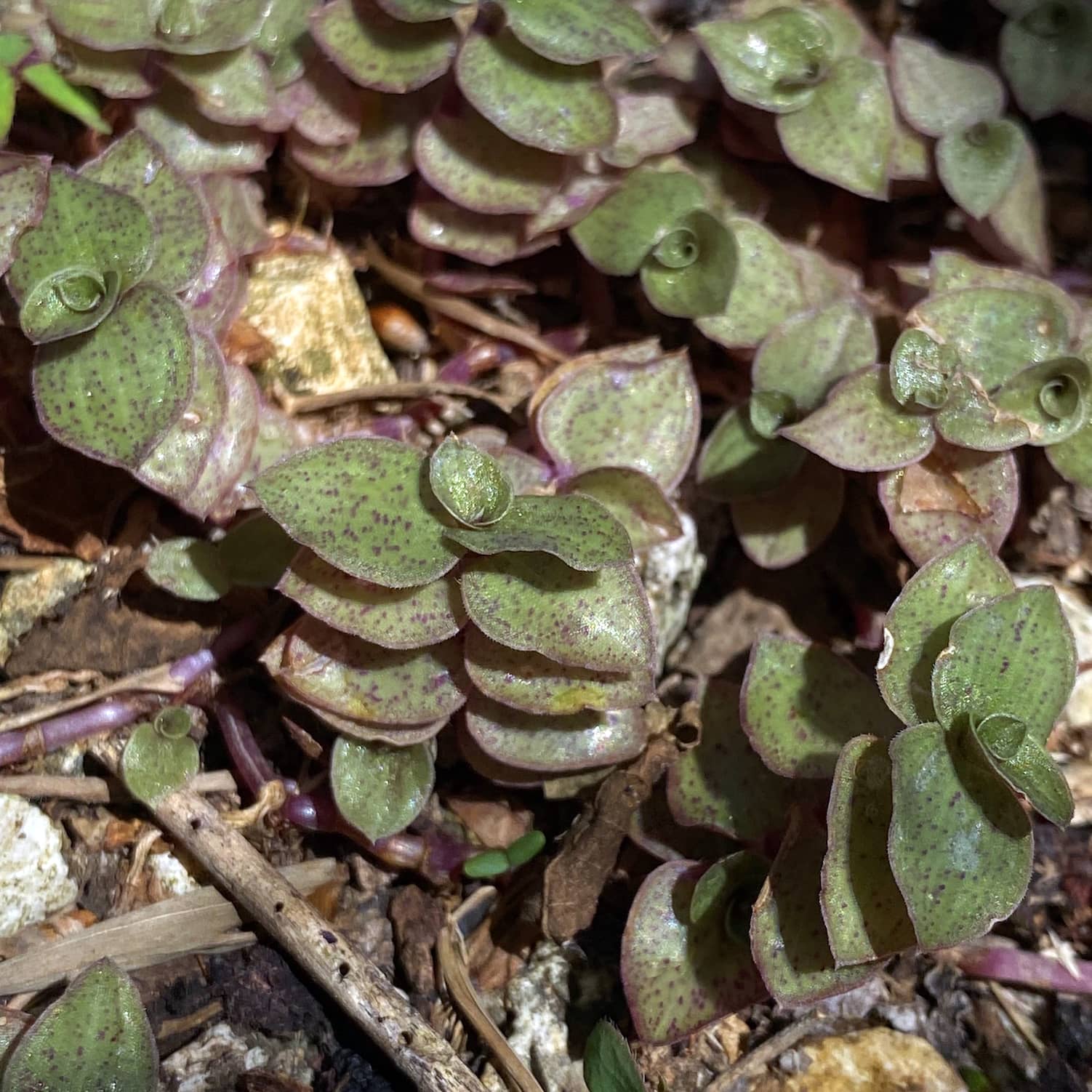UOG botany class identifies 16 weeds previously undocumented in Guam
UOG botany class identifies 16 weeds previously undocumented in Guam
UOG botany class identifies 16 weeds previously undocumented in Guam
7/26/2024
Sixteen new weeds in Guam have been identified and documented in an internally published report by UOG botanist and assistant professor Dr. Wei Xiao of the University of Guam College of Natural & Applied Sciences and her students.
Xiao said the report will be useful for botanists as well as homeowners, landscapers, gardeners, farmers, and other residents who may be afflicted by weeds — otherwise defined as plants acting as pests. In garden and agriculture settings, weeds compete with other plants for resources and can ultimately reduce a crop’s yield. They can also bring different insects and diseases to the field that can affect crop quality.
“The first and most important thing is to know what you are dealing with before you look into how to manage it,” Xiao said.
Xiao, who holds a doctorate in plant biology and who also serves as curator of the UOG Herbarium, has been keeping a list of plants in urban environments in Guam that she has not seen before. She identified each plant species through her personal expertise and that of colleagues who are knowledgeable in certain taxa.
Then, this past semester, she tasked her Plant Systematics class with looking for the plants in Guam and Micronesia botanical literature dating back to the 1970 publication “Flora of Guam” by Benjamin C. Stone, which Xiao said is the most comprehensive listing of regional plant species to date.
The students found that 16 of the suspected plants were, in fact, undocumented. By their common names, they are:
| Newly identified weeds in Guam | |||
|---|---|---|---|
|
Purple justicia |
Hairyflower wild petunia |
Prostrated ruellia |
Popping pod |
|
Latok |
Creeping indigo |
Caribbean stylo |
Purple cleome |
|
Ivy-leaved morning glory (mile-a-minute vine) |
Turtle vine |
Brittle false pimpernel |
Bloodgrass |
|
Shrubby false buttonweed |
Basil buttonweed |
White snakeweed |
Chinese grape vine |
Few studies over the last two decades have updated exotic plant species in Guam. The most recent publication on weeds is the 2006 book “Color Atlas of Common Weeds of Guam” by James McConnell and Lauren Gutierrez.
“We are confident that the majority of species on our list are new [to the island] based on their record on Guam and their spreading history,” Xiao said.
Xiao said that many of these new weeds have a pan-tropical distribution, so it is not surprising that they eventually arrived in Guam. But she also found that a few of the more aggressive new weeds are only common in the southern United States, which is important to know in examining how they got to Guam and measures that might help prevent new arrivals in future.“We will need to keep an eye on them to see if they harm native forests or cause troubles in agriculture,” she said.
The technical report on the newly documented weeds can be viewed here.
Additionally, some new fact sheets have been prepared separately by UOG Horticulture Lab research associate Michael Fernandez and UOG faculty Dr. Wei Xiao, Dr. James McConnell, and Dr. Mari Marutani that can be viewed here:


















